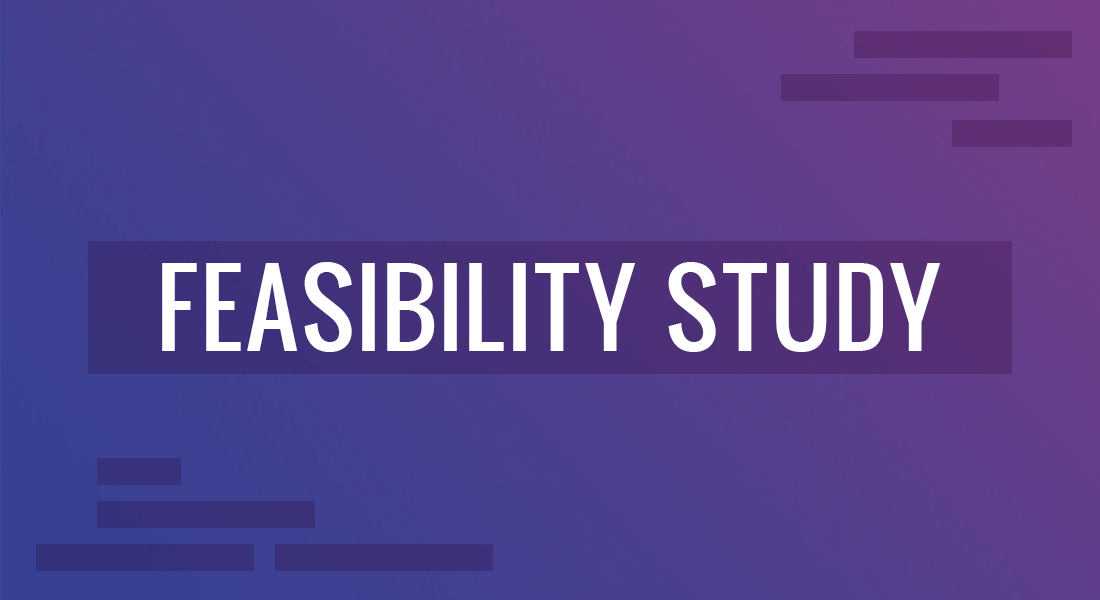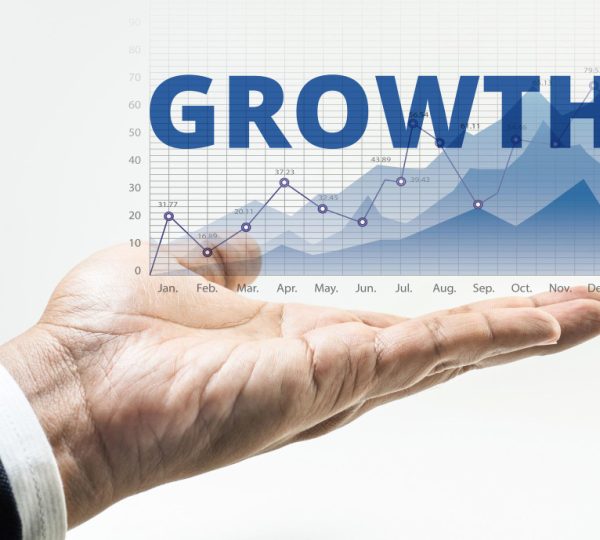Your Comprehensive Guide to Prepare An Economic Feasibility Study

What is a feasibility study?
An economic feasibility study is, as the name implies, a study designed to reveal whether a project or plan is feasible and feasible. It is conducted to objectively reveal the strengths and weaknesses of any proposed or already existing project. It can help identify and assess the opportunities and threats that exist in the environment surrounding this project.
In addition, this study contributes to knowing the resources required for the project as well as the prospects for success, as it often answers the following two questions:
Does the company (individual) have the resources and technologies required to start a specific project or implement a specific plan?
Will the company (individual) get a high and rewarding return for this investment?
The importance of the economic feasibility study
Some believe that conducting an economic feasibility study will lead to one of two outcomes: either killing the projects or making them succeed. However, this is not true. What a feasibility study actually does is give you a clearer picture of your budget and logistical strengths and help you adjust the scope of your project proposal to match your capabilities.
How to prepare an economic feasibility study
A feasibility study is an in-depth analysis to determine all the factors that will contribute to the success or failure of the project. While you yourself can prepare a feasibility study for your project on your own, it is always better to hire specialists in this field.
However, let’s say you want to start a small business in a field. In this case, you can start preparing an initial feasibility study before resorting to specialists. Here is how to prepare a successful economic feasibility study in five steps:
First step: do the initial analysis
Preparing a complete feasibility study undoubtedly takes a lot of time and resources, so instead of diving headfirst into preparing a detailed and in-depth assessment, it is important first that you conduct an initial analysis considering the general situation. You can think of the initial analysis as an eligibility test that determines whether or not you really should do a detailed feasibility study.
When performing an initial analysis, be sure to follow these basic steps:
1- Create an outline of the idea
List everything you would like to achieve by implementing this project. Write down the reasons why the idea/project or plan is so important to your team, your company, and your business in general.
2- Assess the market situation in this field
Try to find examples of a similar project to yours in the market, and see if others have succeeded in implementing and managing it.
3- Test how far you can get ahead of your competitors
Think about it: What could you do differently to make your idea successful? Do you have a special talent? special location? Or a unique technology?
4- Define project risks
Risk management is a very important part of the process of evaluating the feasibility of any project. Therefore, you should evaluate the risks to identify any problems or issues that may threaten your success.
Once you have the initial analysis, you will have a better idea of whether or not to continue exploring the feasibility of your project.
If you do not face any significant risks when conducting this analysis, then it is time to move on to the next step, and start preparing an in-depth feasibility study.
Step 2: Create a project scope diagram
Now that you have a general idea and an initial understanding of the project you’re going into, it’s time to create a Scope Outline.
This outline details the project objectives using the five feasibility questions (economic feasibility criteria) mentioned above, which are:
Is this plan technically feasible?
Is this plan/project legal?
Is this plan operationally feasible?
Is this plan/project feasible within a reasonable time?
Is this plan/project economically viable?
Using these five questions, you will outline the key project principles including the current situation or problem you are trying to solve, the goals you want to achieve, estimates of the project’s impact and what you need to achieve that goal.
Step Three: Do a Market Research
This is the most common name that describes this step, but not all projects necessarily require market research, and not all projects revolve around competing businesses and other projects.
The goal of some projects may be to improve performance, try out a new management approach, or even use new software to organize and manage the work in your company.
In any case, this step is very important in discovering the feasibility of your project or idea. What better way to know if your project will be successful than to study the experiences of others in implementing it or implementing similar projects.
Why is it important to do market research?
Here are 5 main benefits of it:
Identify and learn about other market opportunities for your project (new customers, additional uses, etc.).
Learn more about competitors including what products and services they offer, what marketing options they use, their customer base, and more.
Learn more about your project market, including the size and needs of your potential customers.
Draw conclusions about whether the project has succeeded in the past, what its past cost was and what the profits were.
Gain information about the best way to implement the project, such as the time frame, the necessary staff and even the methods and forms of management.



